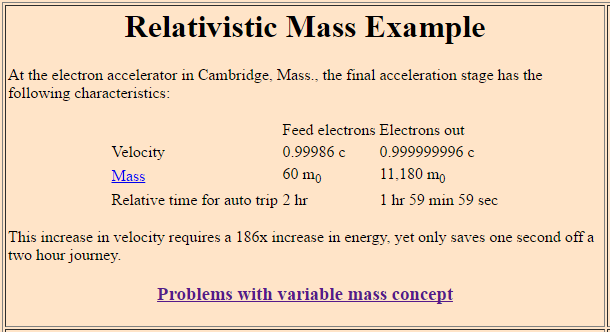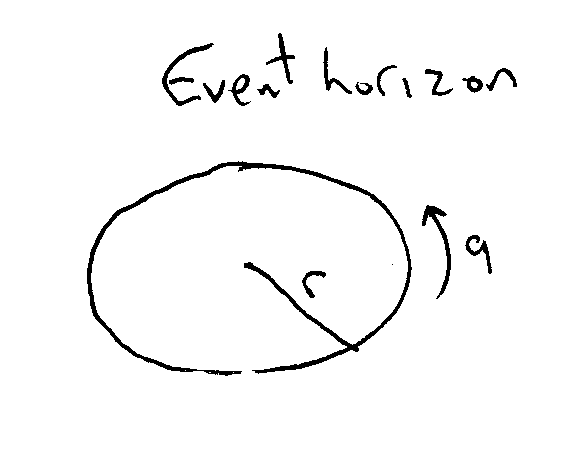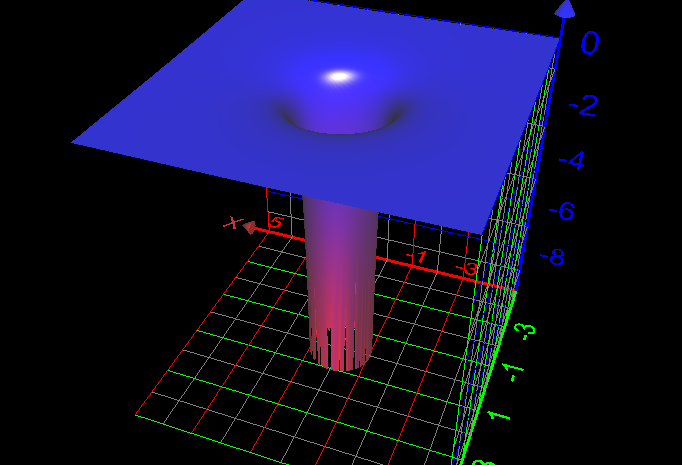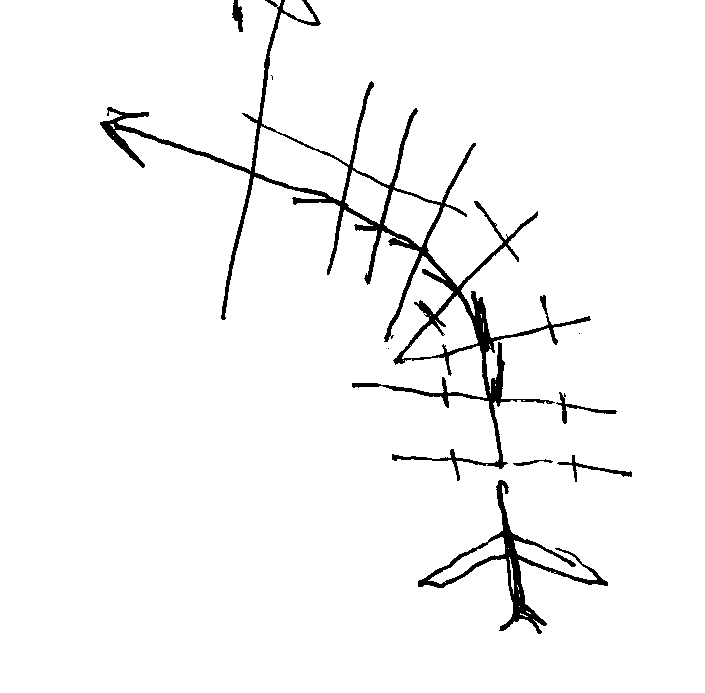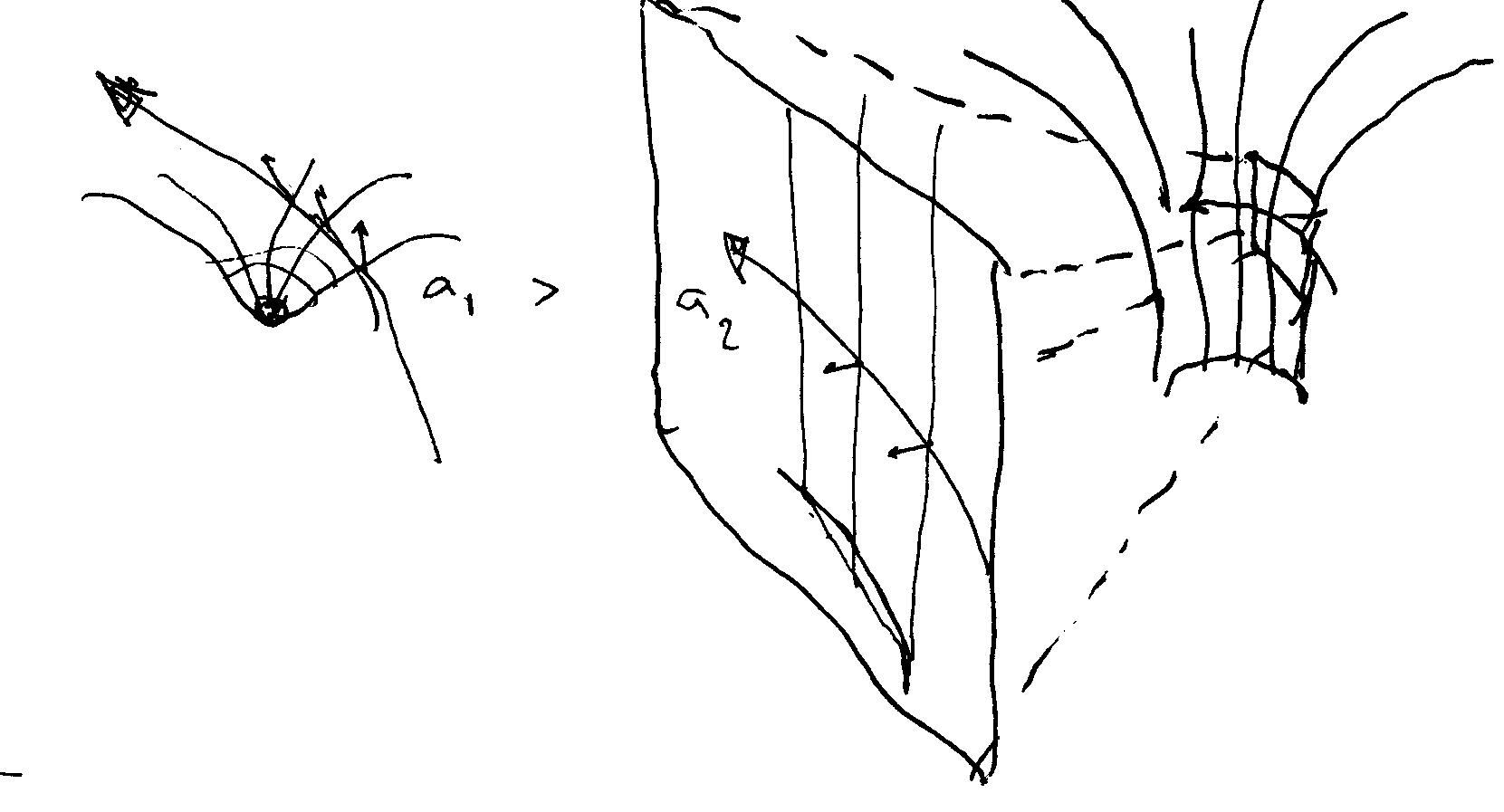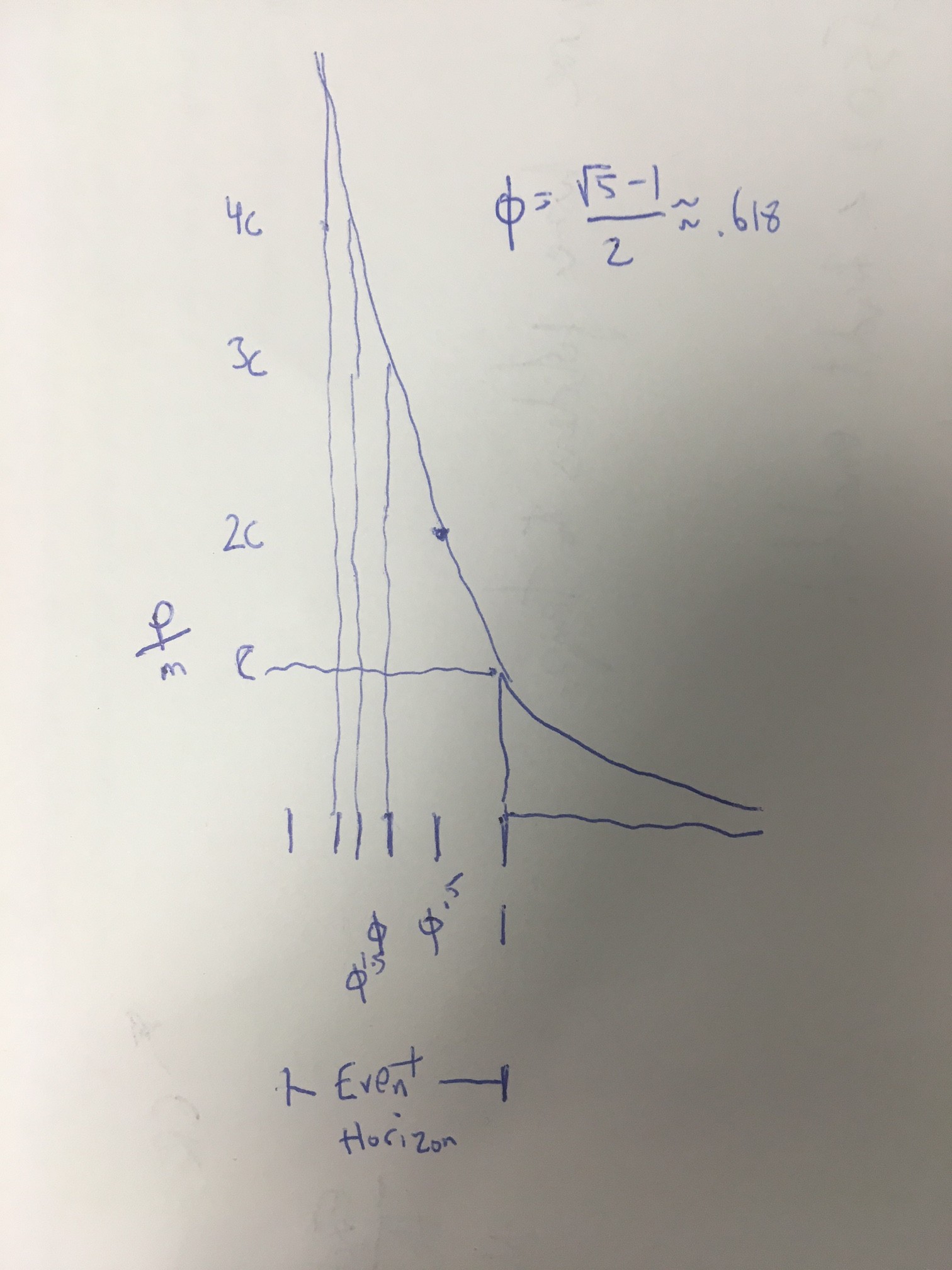Note: this post is a work in progress. I am adding more as I go along.
“The Iron Bank is the Iron Bank. There is no ‘someone’… [like] a temple is comprised of stones. One crumbles, and another takes its place. And the temple holds its form, for a thousand years or more. And that’s what the Iron Bank is, a temple. We all live in its shadow, and almost none of us know it. You can’t run from them, you can’t cheat them, you can’t sway them with excuses. If you owe them money and you don’t want to crumble yourself, you pay it back.” – Tywen Lannister, S4E5
Looks like GoT is preparing next season to be a clash of the seven major kingdoms. The Free City of Braavos exists as a completely sovereign kingdom of its own. It is most known among the kingdoms as the home of the Iron Bank. How does an Iron Bank like that exist, in a city with no visible army, and continue to prosper and accumulate wealth? How is it not a pile of gold waiting to be looted by any passing marauder or unscrupulous monarch?
The answer is the Faceless Men and the House of Black and White. This is their enforcement wing. It operates as a totally clandestine army, operating exactly as Tywen describes. My hunch is that they have been very much aware of Arya Stark’s potential since the beginning, and are ready to use her to great benefit in season 7. They’ve been preparing her ever since season 1. Let’s unfold the timeline.
In Kings Landing, Arya gets swordsmanship training (water dance) from Syrio Forel, the First Sword of Braavos. Pretty sure if the First Sword of any country sacrifices himself so you can run away, he’s got plans for you. Of course the fact that we don’t actually SEE him dead, which in GoT is always suspect. Especially when associated with a Faceless Clan.
She runs away from Kings Landing with the help of Eddard’s friend (brother?). Quite shortly into her journey, she runs into Jaqen H’ghar, trapped in a cage with two other prisoners. First, it means he and Syrio were in King’s Landing at the same time. But he immediately knows her name and tells her his origins – but not the right one (free city of Lorell?). She saves him and the others from burning up in their cage during a melee.
Once in Harrenhall, he finds her in a quiet spot and immediately talks to her in third person language. “A man”, “a girl”, etc. And he schools her in the justice he knows. “A man pays his debts. A man owes three. Only death may pay for life. You stole three deaths from the Red God, we have to give them back.” Whether he truly follows a credo or wants to build a relationship with her is irrelevant. It’s one and the same thing.
His second target is by poison dart. “Wolfsbane. A rare substance. This is no common assassin.” – Tywen Lannister. And the funny thing is he doesn’t suspect a thing. He thinks it’s some Brotherhood nonsense. BTW notice the name Wolfsbane, is the namesake of the Stark sigil?
Okay, so at this point we know something’s up. How does a skilled assassin get caught in some cage with two rogues, unless he intends to?
After he helps Arya escape, he continues to stalk her. In a really creepy fashion. “If you would learn you must come with me to Braavos.” “My dancing master was from Braavos.” Here he introduces her to the Faceless Men and knows all the names she wants dead, says she can offer them to the Red God. He gives her a coin “of great value” but “not meant for the buying of horses.”
So, at this point, Arya has learned his exacting bookkeeping credo, how to avoid being noticed, and the esoteric value of a coin.
Meanwhile, we are introduced to some Iron Bank executives when Stanis asks them for a loan. They too are faceless, in their own way. Expressionless, characterless, no discerning characteristics. They only repeat the mantra of the bank. The fact that we think bankers are dry and boring actually works against us. It is the credo they thrive on.
And we’re also introduced to the dread the Lannisters (who always pay their debts) have to the Iron Bank. Tywen’s quote above comes from a very informative conversation he has with Cersei, divulging the debt they owe to the Iron Bank. “We all live in its shadow, and almost none of us know it.” A number of ironies here, namely that Jaqen had been training Arya literally under Tywens nose at Harrenhall, and he never suspected a thing. Tryion shares a similar dread of the vengeance of the Iron Bank.
This drops us off in season 5 and drops off Arya in Braavos. It’s worth pointing out his description of the statue guarding the city. A shield and broken sword – implying a city that does not attack, but has a supernatural ability to defend itself. And when Arya thanks the sailor for dropping her off at the House of Black and White, he says “any man of Braavos would have done the same.” See what he did there? The whole city has a certain faceless heritage.
Jaqen H’ghar answers the door in disguise, and gives her the cold shoulder. And yet he watches her every move – from dropping the coin in the sea to intercepting her encounter with the three rogues. He probably knew she didn’t drop Needle.
It’s all part of a complicated training program he puts Arya through. Not going to get into all of it here, but there was one telling conversation: explaining the insurance agent’s corruption to Arya, and how the Faceless Men provide justice to those who’ve been cheated. “Perhaps the gambler loses his bet and decides he does not have to pay after all. A destitute woman and her small child, what can they do to such a man if he keeps their money for himself? To whom can they turn for recourse?”
Ah.
So, if the Many Faced God will bring retribution to such a destitute woman, what kind of retribution does he provide to, say, the Iron Bank, if a powerful family like the Lannisters decide they don’t want to pay their debts?
There’s other lessons we could talk about here. Like Arya learning what it means to be noone. And that while faces change, credos, institutions, loyalties, house names remain. “A girl is Arya Stark of Winterfell.” She isn’t denying she’s noone, she’s saying the Stark name isn’t just faces. It’s a valuable lesson the Iron Bank brings to the story as a whole. Especially to those who just see characters like Arya as Arya, i.e. individual faces with individual stories. Alone, apart from this grand waltz, they make no sense. “The faces are as good as poison.”
The real story is, the House That Always Pays Its Debts owes a huge amount of money to the Iron Bank That Always Collects Its Debts. It’s too glaring a plot twist to ignore, especially at a time when the Lannisters seem to be militarily dominant and the Starks so weak.


